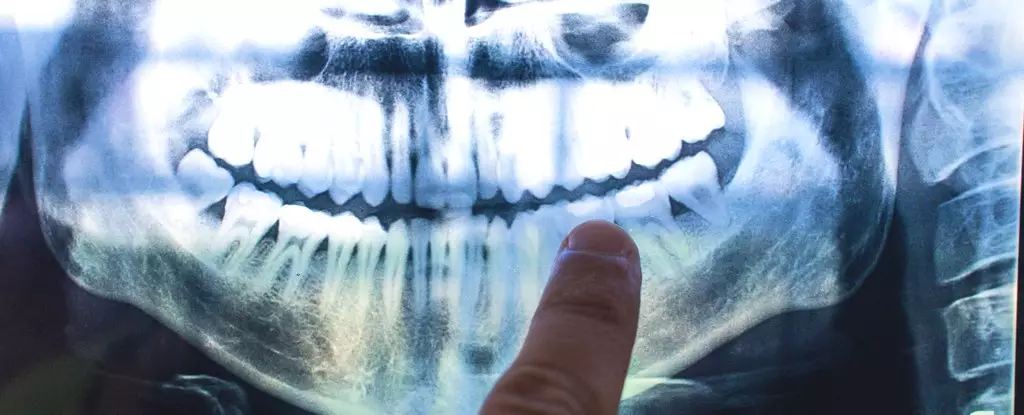Oral diseases are not only highly prevalent but also have far-reaching consequences on one’s overall health. Tooth decay and gum disease affect a staggering 3.5 billion people worldwide, leading to pain, infection, and potential tooth loss if left untreated. Furthermore, research has shown a bidirectional relationship between gum disease and serious illnesses such as cardiovascular disease, diabetes, Alzheimer’s disease, rheumatoid arthritis, and cancer. The economic burden of oral diseases is significant, ranking as the fourth most expensive group of diseases to treat globally. Moreover, the indirect costs of productivity losses due to absence from work and school further compound the issue.
A Bleak Outlook for Oral Health in the UK
Despite the importance of oral health, the UK is facing challenges in providing adequate dental care to its population. A shortage of NHS dentists, coupled with difficulties in accessing dental services, poses a threat to the oral health of millions. Researchers from the University of Greenwich and Cape Western Reserve University have conducted a study forecasting the future of oral health in the UK. By utilizing advanced modeling techniques, they predict that over half of the UK’s population could be living with some form of dental disease by 2050.
The study analyzed data from the UK’s 2009 Adult Dental Health Survey and used a simulation model to project the prevalence of tooth decay and gum diseases in UK adults from 2020 to 2050. The findings indicate a concerning trend, with the number of people living with gum disease expected to increase from 42% to 54% of the population by 2050. Additionally, the number of individuals exhibiting signs of gum disease is projected to rise from 25.7 million in 2020 to 28 million by 2050.
Challenges for Different Age Groups
While adults aged 16 to 59 may experience a slight decrease in tooth decay by 2050, the outlook is less positive for those aged 60 and over. The number of older adults with tooth decay is projected to nearly double from 5 million in 2020 to 9.6 million by 2050. This shift in the burden of dental diseases from younger to older adults underscores the importance of access to quality dental care for the aging population.
One limitation of the study is its reliance on data from the 2009 ADHS survey, assuming constant prevalence rates for dental diseases over time. Future research should incorporate more recent data to provide more accurate projections of oral health in the UK. Multiple factors contribute to poor oral health, including inadequate oral hygiene, lack of access to dental care, and low socioeconomic status. The COVID-19 pandemic has exacerbated these issues, highlighting the need for proactive measures to improve oral health outcomes.
To combat the growing oral health crisis, the new Labour government must prioritize dental care as part of overall healthcare planning. Integrating oral healthcare into medical services, focusing on prevention through early screening programs, and ensuring prompt treatment of dental issues are crucial steps. Investing in oral hygiene education programs and water fluoridation can also help improve oral health literacy and prevent tooth decay.
Personal Strategies for Better Oral Health
On an individual level, maintaining good oral hygiene practices such as brushing twice daily, flossing, reducing sugar intake, and avoiding smoking and excessive alcohol consumption are essential. Regular visits to the dentist for check-ups, ideally every two years, can help detect and address oral health issues promptly. Being proactive about one’s oral health and seeking timely care are key to preventing and managing oral diseases effectively.


Leave a Reply